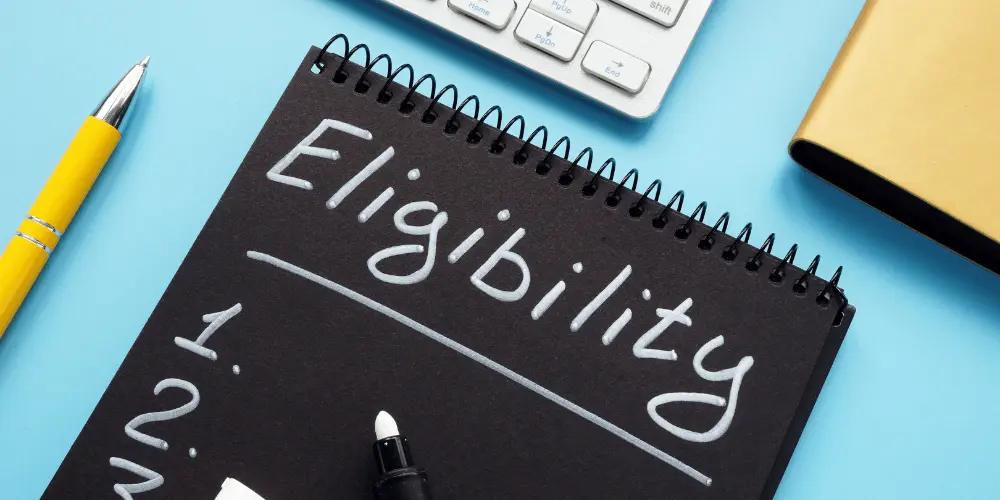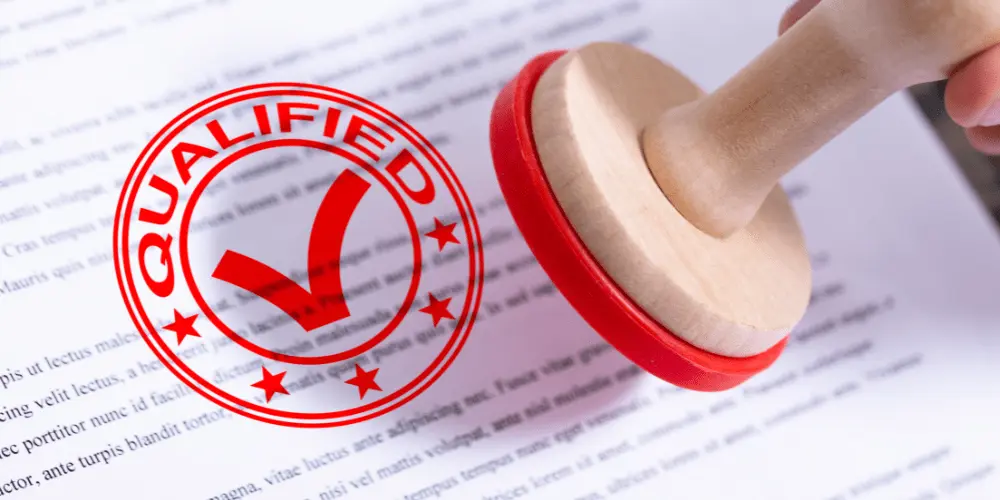
When a disaster strikes, people often wonder: who can get disaster assistance? In most cases, disaster survivors may be eligible if they were affected by a disaster that the federal government has declared. To qualify, you must show that the event created serious needs or damage that your insurance or other resources can't fully cover. FEMA may help when your home is unsafe, you can't meet basic living costs, or you face urgent emergency medical, food, or housing needs.
FEMA assistance is designed to provide immediate support for families and individuals. Programs cover disaster assistance for temporary housing, repairs, and sometimes replacement of essential belongings. They could also help pay for medical or dental needs, childcare, or funeral costs when they result directly from a major disaster. The goal is to fill urgent gaps, not to replace all losses. Assistance from FEMA is limited and meant to work alongside insurance or other recovery options.
The Individuals and Households Program is the backbone of FEMA relief. It is available only to those living in a county included in a declared disaster area. To qualify, the primary residence must be damaged or destroyed, and your identity verified. Covered expenses may include repair or replacement of essential parts of the home, temporary rental costs, or other expenses not paid by insurance. While the program can help with serious damage, FEMA can't rebuild an entire house; it is meant to help survivors recover safely.
When FEMA reviews your case, it weighs several factors:
FEMA could determine that you must first use other aid before qualifying. Still, many survivors find that they may be eligible for some level of support once they apply. You can find a full breakdown of eligibility and program details directly on FEMA’s Disaster Assistance page.
Relief is broad but not unlimited. FEMA may cover:
For a full list of covered categories, see FEMA Disaster Relief: Understanding the Different Types of Aid.

To start, you need to apply for FEMA assistance. You can complete the application online, over the phone, or at a local disaster recovery center. Here are the main options:
When you apply, FEMA will ask for information about your home, the damage caused, and your expenses. Having receipts, insurance documents, and identity records ready will make the process smoother. To begin the application process or check your progress online, visit DisasterAssistance.gov, the central portal for FEMA.
Many survivors prefer mobile tools. The official FEMA app is available for free in the App Store or Play Store. Through the app, you can check your status, upload documents, and receive alerts. The FEMA app also provides updated information on shelters, weather alerts, and disaster recovery centers.
Look for the official search icon and confirm you are downloading the government-backed version.
More info: FEMA Mobile App.
Be cautious of fraud after a disaster. Real FEMA resources will display a dot gov address, often with the U.S. flag or DHS logo present. Look for the federal world globe or FEMA logo to confirm authenticity. Never provide personal data to sites that do not clearly show federal identification.
If you need personal assistance, you can call FEMA or schedule a visit at a local center. Survivors can also reach out through TTY or by phone. If transportation is limited, you may request mobile teams to meet you in your area. Always contact FEMA directly rather than relying on third parties who may charge unnecessary fees.
Once approved, you may begin to receive assistance. Funds are usually deposited directly into your bank account or sent by mail. FEMA provides resources and additional support services, but these programs are often limited. FEMA assistance is designed to buy you time to secure housing and repair your home while you explore longer-term options.
Survivors can also access state and federal programs for recovery, housing, or legal needs. If housing remains a concern after FEMA aid, HUD Disaster Resources can connect you with longer-term housing recovery programs.
Learn more from FEMA Disaster Assistance: How it Works and Who it Helps.
While FEMA can help with urgent recovery, it can't solve long-term financial challenges. If you are facing serious needs after a disaster, Credit.org offers Disaster Recovery Counseling. Our counselors can help you make a plan, manage money, and connect with other services available in your community.